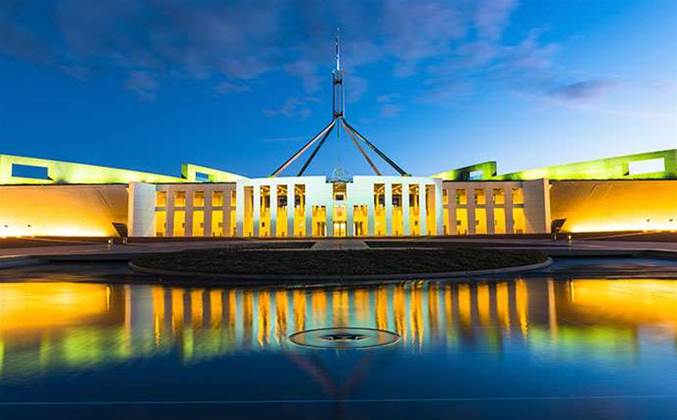Microsoft Australia has suggested government agencies use reserved instances to cut the “15-20 percent” price premium that its Canberra regions attract compared to other local Azure regions.

Azure engineering lead for A/NZ James Kavanagh said in a LinkedIn post last week that "while every workload is different, most customers and partners see a premium on standard prices of approximately 15 percent to 20 percent in aggregate” for the Australian Azure government regions.
However, he said “that [premium] can be significantly reduced by use of reserved instances to achieve better than parity between AU East/AU Southeast pay-as-you-go pricing.”
The overall premium comes despite substantially lower networking costs in Canberra.
“Bandwidth costs for direct connectivity over Microsoft Azure ExpressRoute are 50 percent lower in Australia Central regions versus other Australian regions,” Kavanagh said.
“Bandwidth between the Australia Central and Central 2 regions is approximately 37 percent of the cost between AU East and AU Southeast.
“For some customers these reductions represent between a five percent and eight percent saving on total cloud costs based on current usage patterns but as the volume of data processing grows, this benefit becomes even more significant into the future.”
Left unsaid is that MIcrosoft charges up-front for reserved instances, for one or three year terms. While that arrangement still produces net savings across the term of the deal, and Microsoft allows termination with pro-rata refund, Azure reserved instances don't always offer the pay-by-the-month cash-flow benefits advanced as one of cloud's big benefits.
More security detail
The pricing comparison is contained in one of Microsoft’s lengthiest publications to date on the security and networking posture of its Australia Central regions for Azure.
Microsoft opened two Azure Central regions in Canberra back in April which are aimed at hosting mostly government workloads, including those that carry or contain data classified at a protected level.
The company has faced consistent pockets of criticism over its protected level approval, though it has subsided somewhat in recent months with the first Australian government pilots emerging as well as details of promised security controls and blueprints.
Still, Kavanagh used his LinkedIn post last week to defend the security hurdles that Microsoft had to jump to store protected data in Azure and the defence in-depth strategy that the company adopted.
Some aspects of compliance - such as with the Australian Security Construction & Equipment Committee (SCEC) Zone 3 physical security of facilities - have been implemented at all Microsoft’s local operations.
“The standards of SCEC Zone 3 are very specific in terms of wall construction, caging, locks, cameras and other measures as overseen by the Australian SCEC,” Kavanagh said.
“Achieving protected certification required Microsoft to adapt existing and new facilities which process or hold data in Sydney and Melbourne to SCEC Zone 3 compliant standards.
“Through a substantial program of construction and enhancement, we've implemented SCEC Zone 3 physical security across Australia, and these standards have become part of our baseline for all future data processing facilities in Australia.”
Other AU Azure regions receive NZ tick
Microsoft also received a boost last week with the New Zealand’s Office of the Privacy Commissioner signing on to use Azure and Office 365 services hosted in Sydney (and possibly Melbourne).
The Office published a substantial privacy impact assessment on its own decision, including the risks posed by hosting in Australia such as law enforcement access as well as what level of control it would have to give up in order to use Azure.
“We have decided that Microsoft provides us with the best solution,” the office said. [pdf]
“This requires us to send our data offshore because Microsoft does not have data centres in New Zealand.
“Microsoft allows its customers to restrict the locations where its data at rest will be stored. We have chosen to restrict our data to data centres in Australia.
“This ensures that our data at rest will be subject to the protection of laws that are equivalent to our own.”




_(22).jpg&h=140&w=231&c=1&s=0)




_(26).jpg&w=100&c=1&s=0)

 iTnews Executive Retreat - Security Leaders Edition
iTnews Executive Retreat - Security Leaders Edition











_(1).jpg&h=140&w=231&c=1&s=0)



